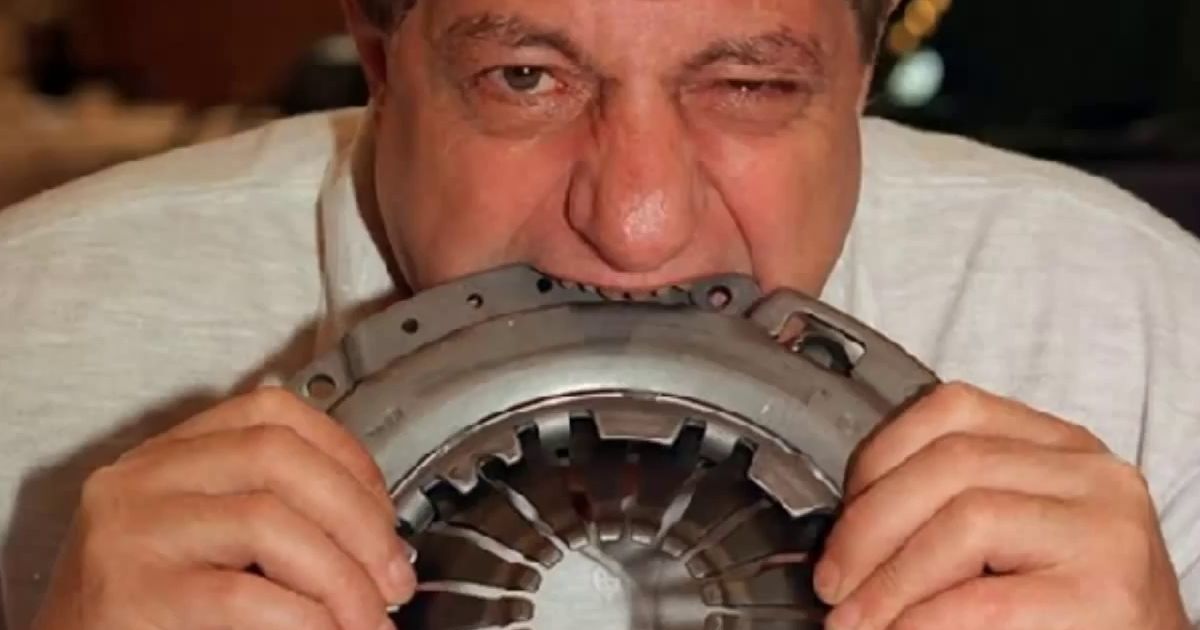Understanding Pica: What You Need To Know
Ever heard of a reality television show called, 'My Strange Addiction?' Although a majority of us may believe it is scripted, many individuals appeared on the show were addicted to eating mattresses, hair, and other non-edible items. Believe it or not, this is not a 'fake' condition, but those individuals have a psychological disorder known as pica. Curious about this strange but fascinating condition? Continue reading to learn what causes this disorder and how it’s treated now.
What Is Pica?

Pica is a psychological disorder characterized as the persistent eating of substances with no nutritional value, such as dirt, hair, ice, paper, metal, stones, glass, chalk, drywall or paint, and even feces. According to the Diagnostic and Statistical Manual of Mental Disorders Fourth Edition (DSM-4) criteria, for a person’s eating habits to be considered pica, it must persist for more than one month at an age where eating non-edible substances is considered developmentally inappropriate and is not a cultural practice.
The condition also needs to be severe enough that it requires medical attention. Pica has also been linked to other mental and emotional disorders as well, including obsessive-compulsive disorder, and can lead to a plethora of complications such as intoxication, physical and mental impairment, nutritional deficiencies, and emergency surgeries due to an intestinal obstruction.
Signs & Symptoms

There are no specific symptoms that an individual can have when it comes to pica, as each case varies, but the most significant sign a person may have pica is if they are ingesting items not considered food and with no nutritional value. Rather, the symptoms associated with pica are broken down into subcategories based on the substance eaten.
These subcategories include acuphagia (sharp objects), amylophagia (starch), cautopyreiophagia (burnt matches), coniophagia (dust), coprophagia (feces), emetophagia (vomit), geomelophagia (raw potatoes), geophagia (dirt, soil, clay), hyalophagia (glass), and lithophagia (stones). Mucophagia (mucus), pagophagia (ice), plumbophagia (lead), trichophagia (hair, wool, other fibers), urophagia (urine), hematophagia (blood) which is also known as vampirism, and xylophagia (wood, paper).
